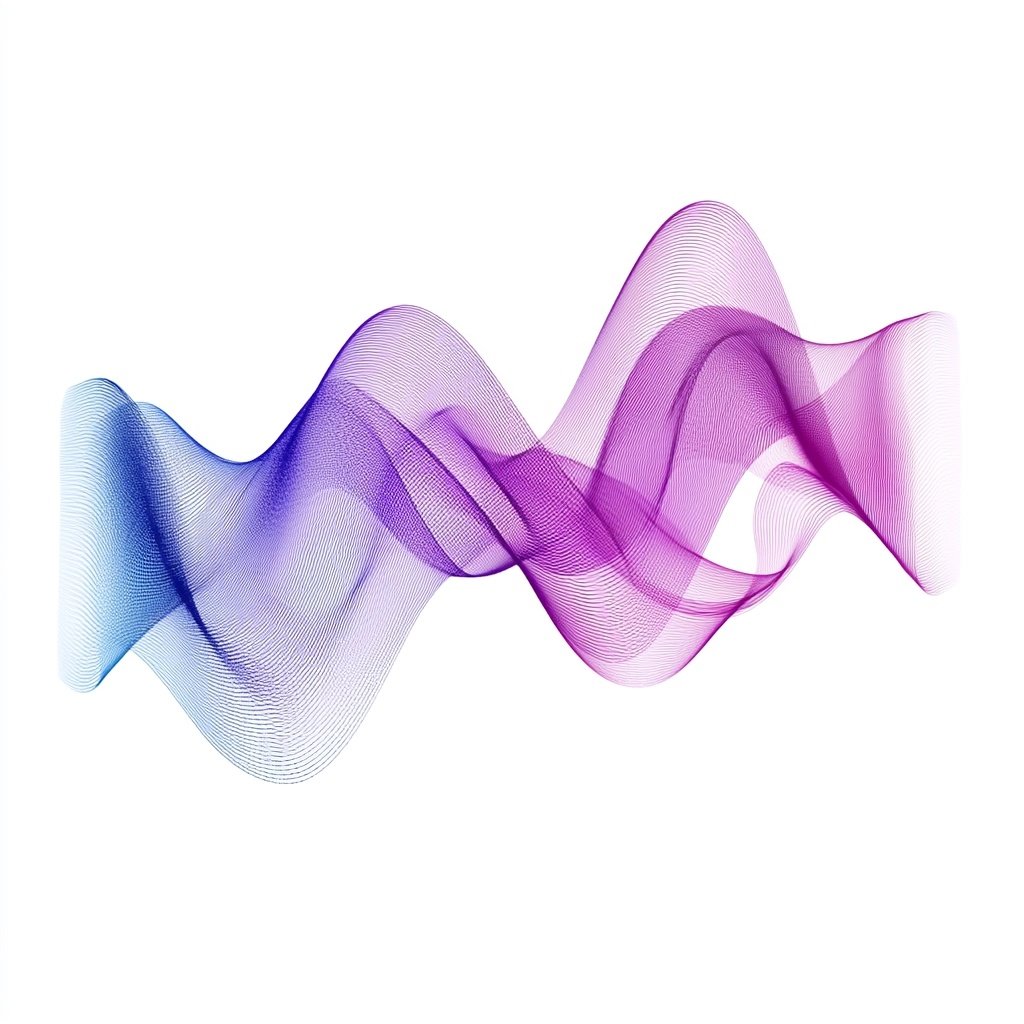Can’t Sleep? Use EMDR Music to Calm Your Nervous System
Exploring the neuroscience of EMDR-inspired sound therapy for rest
Exploring the neuroscience of EMDR-inspired sound therapy for rest
Sleep is not just rest—it’s repair. During deep sleep, the brain consolidates memories, clears waste, and regulates the stress response. Yet for many, sleep remains elusive. Overthinking, chronic stress, or a wired nervous system can sabotage the body’s natural rhythm.
Recent advances in neuroscience suggest that bilateral stimulation, a core element of EMDR therapy, may offer a surprising solution—especially when delivered through calming, rhythmic audio. EMDR Music draws on this principle, using gentle left-right tones to help the brain transition from hyperarousal to safety, from vigilance to rest.
What is Bilateral Stimulation?
Bilateral stimulation (BLS) involves rhythmic sensory input that alternates between the left and right sides of the body. Traditionally used in trauma therapy, it’s known for its capacity to unlock stuck memories and calm the nervous system. But outside of the therapy office, the same principle can be applied through sound—specifically, bilateral music.
By wearing headphones and listening to tones that gently alternate from ear to ear, the brain is guided into a more regulated state. This process mimics the natural back-and-forth motion of REM sleep and can cue the nervous system toward stillness.
The Neuroscience of Sleep and Rhythm
The brain loves rhythm. Studies show that auditory stimulation—particularly at delta and theta wave frequencies—can entrain brainwaves into a slower, more restful pattern. In 2023, researchers using bilateral transcranial alternating current stimulation (tACS) found that this rhythmic input significantly improved sleep efficiency in adults with insomnia. Just two sessions led to measurable reductions in daytime sleepiness and nighttime awakenings (Zhang et al., Biomed Central Sleep, 2023).
Another 2025 study exploring vestibular bilateral input found that rhythmic stimulation helped align circadian rhythms and improved subjective sleep quality. The underlying mechanism? Repetitive, alternating input appears to dampen activity in the amygdala and heighten prefrontal regulation—two systems critical to stress and safety perception.
In short: rhythm calms the threat system. And sleep cannot occur without safety.
Why Sleep Gets Disrupted
Modern sleep challenges aren’t always about external noise or caffeine. They often stem from internal overstimulation. When the brain perceives a threat—whether physical or emotional—it shifts into hyperarousal. Heart rate increases. Muscles tense. The mind spins. This state is incompatible with rest.
For many people, especially those with histories of trauma or anxiety, the nervous system struggles to downshift. Bilateral stimulation offers a gentle, structured way to help the brain do just that.
Bilateral Music as a Sleep Aid
Listening to EMDR Music before bed can help soothe the mind and body. The alternating tones create a predictable rhythm, signaling to the brain that it’s safe to let go. With repeated use, this can become a powerful cue for sleep onset.
Practical applications include:
Listening before bed as a wind-down ritual
Using it during nighttime wakeups to return to sleep more easily
Pairing with breathwork or body scans for deeper relaxation
No screens. No prescriptions. Just rhythm, safety, and stillness.
A Final Thought on Rest as Restoration
Sleep is not something to fight for—it’s something to fall into. But for that to happen, the nervous system needs to feel held, not alert. Bilateral stimulation doesn’t force the body into sleep. It invites it.
In a world that keeps us alert and reactive, sometimes the most revolutionary act is to let the body rest. And sometimes, all it takes is a pair of headphones and a gentle, shifting sound.
